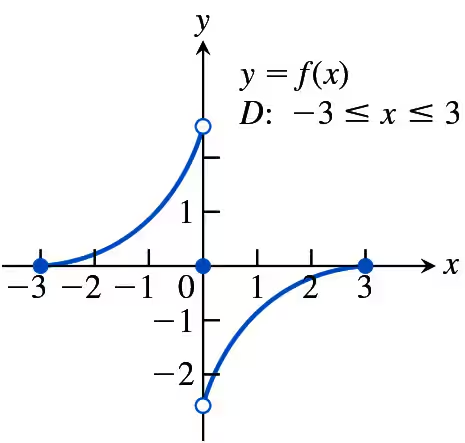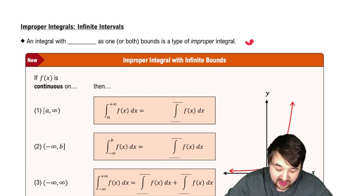In Exercises 41–44, determine whether the piecewise-defined function is differentiable at x = 0.
f(x) = { 2x − 1, x ≥ 0
x² + 2x + 7, x < 0

 Verified step by step guidance
Verified step by step guidance Verified video answer for a similar problem:
Verified video answer for a similar problem:



 5:02m
5:02mMaster Determining Differentiability Graphically with a bite sized video explanation from Patrick
Start learning